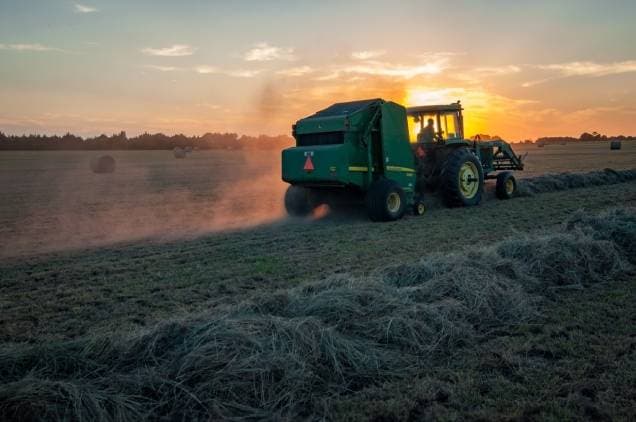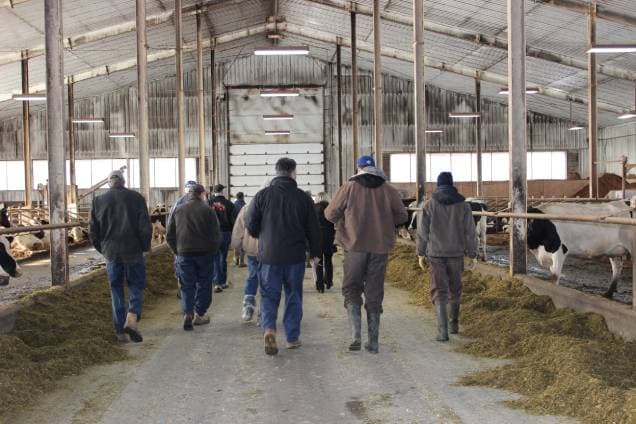
The Nova Scotia Occupational Health and Safety Act outlines the requirement for a farm safety plan. Section 28(1) of the OHS Act, states that if there are more than 20 employees regularly employed or if an OHS officer has given an order to have a plan, then a written farm safety plan is required. Section 28(2) of the OHS Act, outlines what needs to be included in the plan.
For farms with 5 or more employees regularly employed, they are required to have an Occupational Health and Safety Policy or if an OHS officer has given an order to have a policy. This falls under Section 27(1) of the OHS Act. Section 27(2) states the required contents of the policy.
There is more to it:
With that said, there are other areas of the OHS Act that require compliance which are often included in a farm safety plan such as terms of reference for the health and safety committee or representative, communication information, workplace monitoring, measurements and tests, chemical safety, accidents, and the regulations.
Referring to the regulations there are six if you will: OHS General Regulations and OHS Workplace Regulations as well as First Aid Regulations, Violence in the Workplace Regulations, Smoke Free Places Act & Regulations, and WHMIS Regulations.
Applicable parts of the Regulations require written programs to show compliance and those parts will depend on the scope of work done on the farm. For example, the OHS General Regulations includes but not limited to PPE, Handling & Storage of Material, Lock Out, Hoists and Mobile Equipment, Mechanical Safety, Tools, Electrical Safety, and Premises and Building Safety, Construction and Demolition. The OHS Workplace Regulations includes but not limited to Fall Protection and Scaffolds and Other Elevated Work Platforms.
Instead of trying to piece this all together and having components in various places, it is much easier to build one uniform cohesive farm safety plan that includes all of the legislative requirements.
Training:
For those interested in building a plan or wanting to learn more, a Build A Farm Safety Plan Webinar is being held on March 19, 2021 form 9am – 12pm. I basically go through the above requirements in a bit more detail with time to answer questions😊
There is one section of the act that encompasses everything above, Section 13(1)(a) Employers precaution and duty to take every precaution reasonable to ensure the health and safety of persons at or near the workplace (not just employees). The only way to prove you have done this is to ensure the processes are written. Section 13(1)(b-f) and 17(3) list additional responsibilities for the employer.
Internal Responsibility System:
Of course, the responsibility for health and safety doesn’t solely lie on the employer but precautions are also listed for contractors, constructors, suppliers, employees, self-employed persons, owners, providers of service, and architects & engineers.

This is all based on the Internal Responsibility system which is an organizational approach of health and safety in which each level of the organization is responsible for the health and safety of persons at or near the workplace. Everyone plays a role in preventing incident and injury on the farm.
Most employers have a tendency to read only Section 27 & 28 and absolve themselves of responsibility under the acts and regulations until there is an incident or injury. I have done a lot of case law over the last 13 years and so far, “ignorance” has not proven to be a due diligence defense.
Anything highlighted in blue and underlined is linked to the source to gain more information.



